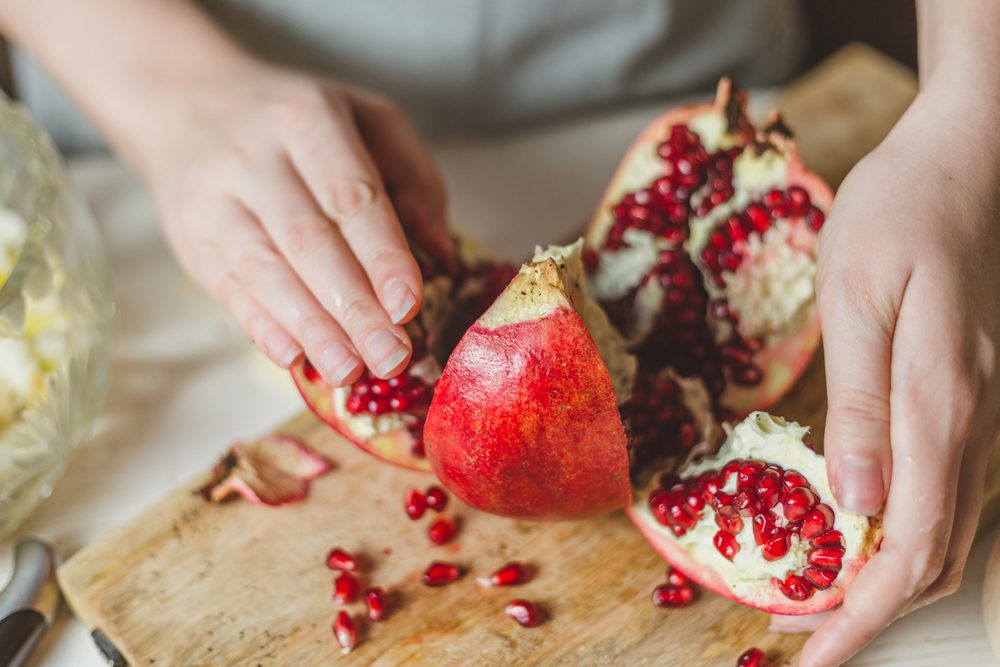24 Best Native American Medicine:
If we’re talking about herbal medicines, then we’re all in! Many of us are very familiar with the benefits of echinacea and purple cone flower as efficient antibiotics, willow bark as a painkiller, and aloe as a topical anesthetic and treatment for skin conditions.
However, that’s pretty much common knowledge compared to the interesting insights and treatments we learned from the Native American medicine men. The Native American medicine men crafted a wheel that’s fairly similar to the yin and yang of Asian medicine.
The use of herbal remedies and other alternative forms of treatment was the best medicine of their day. They had a specific holistic approach to medical treatment that implied plants and all their unique benefits.
Today, we’re going to talk about indigenous plants, trees, fruits, and flowers that can only be found in North America. All of them have surprising benefits defined by Native American tribes.

Alfalfa
It relieves digestion and is oftentimes used to aid blood clotting. Contemporary uses also include the treatment of arthritis, bladder, and kidney conditions, as well as bone strength. Moreover, it enhances the immune system.
Aloe
This is a fairly well-known cactus-like plant. The thick leaves can be squeezed to extrude a thick sap. The sap can be used to treat burns, insect bites, and wounds.
Aspen
The inner bark, or xylem, is oftentimes used in tea. It effectively treats fever, coughs, and pain. It has salicin, which can be found in willow trees and is the main foundation for creating aspirin.
Bee pollen
When it’s mixed with food, it effectively boosts your energy, aids digestion, and enhances the immune system. If you’re somehow allergic to bee stings, you will likely be allergic to bee pollen, too.
Beeswax
It is used as a salve for burns and insect bites, which also include bee stings. It is intended to be used only for external purposes.
Blackberry
The root, bark, and leaves are used to treat diarrhea but also reduce inflammation and stimulate the metabolism. To do that, you have to crush them and infuse them with tea. As a gargle, it treats not only sore throats and mouth ulcers but also inflammation of the gums.
Black Raspberry
The roots of this fascinating plant are oftentimes crushed and used as tea. Sometimes, they’re boiled and chewed. It helps with coughs, diarrhea, and general intestinal distress.
Buckwheat
The seeds are used in soups and as porridge to lower blood pressure, and they help with blood clotting and relieve diarrhea.
Cayenne
The pods are used as a pain reliever when they’re taken with food or tea. Cayenne is also used to treat arthritis and digestive distress. Sometimes, it is applied to wounds as a powder to increase blood flow, and it can act as an antiseptic and anesthetic to numb the pain.
Chokecherry
Chokecherry is seen by Native American tribes as an all-purpose medicinal treatment. They used to pit the berries, then let them dry and crush them into tea or a poultice to treat various issues. These could include coughs, colds, flu, nausea, inflammation, and even diarrhea. As a salve or poultice, it was used to treat burns and wounds. The pit of the chokeberry, similar to apple seeds, is poisonous in high concentrations. Make sure to pit the cherries if you’re considering them as a treatment.

Echinacea
Fairly known as purple coneflower, this is the classic Native American medicine used to strengthen the immune system and fight infections, as well as fever. It was commonly used as an antiseptic and general treatment for colds, coughs, and flu.
Eucalyptus
The oil from the leaves and roots is a common treatment when infused with tea. It treats coughs, sore throats, flu, and also fever. It’s also used to this day as an ingredient in cough drops.
Fennel
A plant with an intense licorice flavor, it’s also used in tea or chewed. It helps with coughs and sore throats, aids digestion, and sometimes offers relief from diarrhea. It was commonly used as a treatment for colds, but also for eye relief and headaches.
Feverfew
Up to this day, the feverfew is used as a natural relief for fever and headaches. This also includes severe headaches, like migraines. It can be effectively used for digestive issues, too, but also for asthma, muscle, and joint pains.
Feverwort
Another fever remedy used for general pain, itching, and joint stiffness, the feverwort can be ingested as a tea or chewed. It can also be crushed into a paste as a salve or poultice.
Ginger root
Another incredible plant in Native American medicine is the ginger root. They used to crush the root and consume it with other foods, such as tea or a salve. Up to this day, it is known not only for its amazing capacity to aid digestive health but also for its anti-inflammatory powers. Moreover, it aids circulation and relieves colds, coughs, and flu, including bronchitis and joint pain.
Ginseng
This is another amazing herb that has a long history that goes back across cultures for many years. The roots were originally used by Native Americans as a food additive, a tea, and a poultice to treat fatigue, boost energy, and enhance the immune system. It also helps with overall liver and lung function. The leaves and stems were also used, but the root has the highest concentration of active ingredients.
Goldenrod
Commonly known as a source of allergies and sneezing, it was actually seen as another all-in-one medicine by Native Americans. As a tea, an addition to food, and a topical salve, it’s used to treat conditions ranging from bronchitis and chest congestion to colds, flu, inflammation, and sore throats, but also as an antiseptic for cuts and abrasions.
Honeysuckle
The berries, stems, flowers, and leaves are all used to topically treat bee stings and skin infections. As a tea, it is commonly used to treat colds, headaches, and sore throats. It also has amazing anti-inflammatory properties.
Hops
As a tea, it’s fairly commonly used to treat digestive issues. Sometimes, it’s mixed with other herbs or plants, like aloe, to soothe and calm the muscles. It is also known to soothe toothaches and sore throats.
Licorice
Roots and leaves can be generally used for coughs, colds, and sore throats. The root can also be chewed to relieve toothaches.
Mullein
As an infusion in tea or even added to a salad, this is the kind of plant that has been used for many millennia by Native Americans to treat inflammation, coughs, and congestion. It’s also used for overall lung problems. It’s quite common, and chances are you have it growing in your backyard or somewhere close to you.
Passion flower
The leaves and roots are commonly used to make a tea effective in treating anxiety and muscle pain. A poultice for injuries to the skin like burns, insect bites, and boils can be easily made from passion flowers.
Rose hip
This is the red-to-orange berry, which is the fruit of wild roses. It’s commonly known as an incredible source of vitamin C when eaten whole, crushed into tea, or even added to food. It’s generally used to treat colds, coughs, and intestinal distress, but it can also act as an antiseptic and to treat inflammation.
If you enjoyed reading about these things, then you also need to try this: These 8 Things Will Reduce Your Biological Age by 6 YEARS!

























